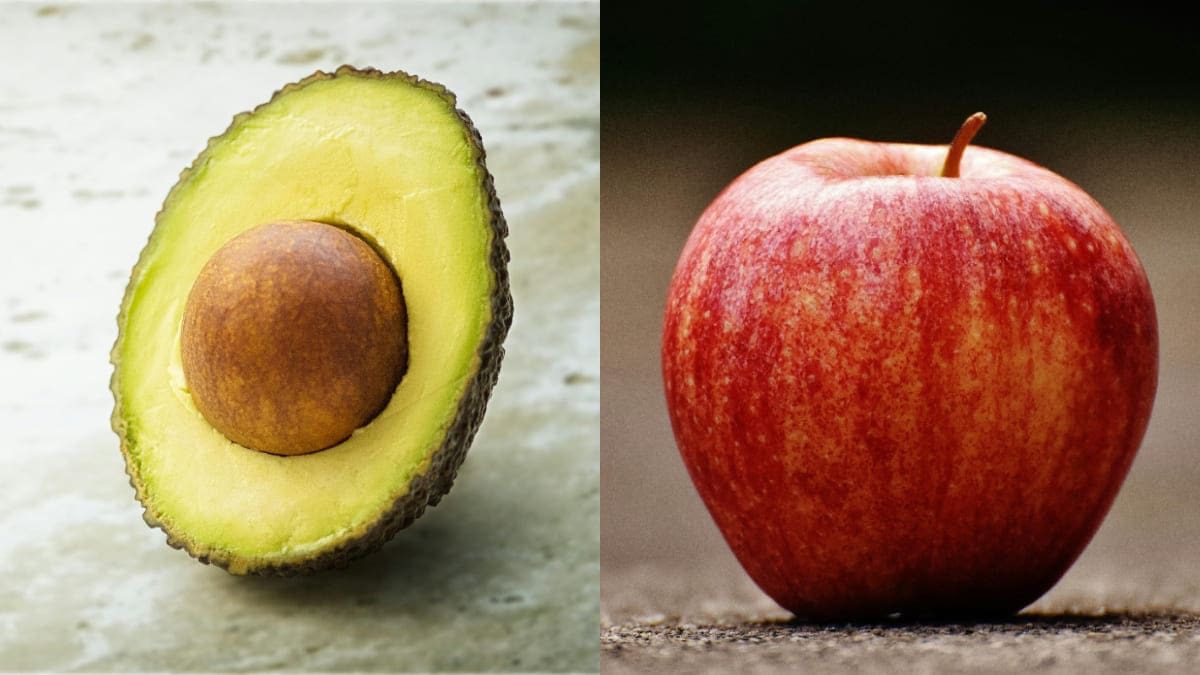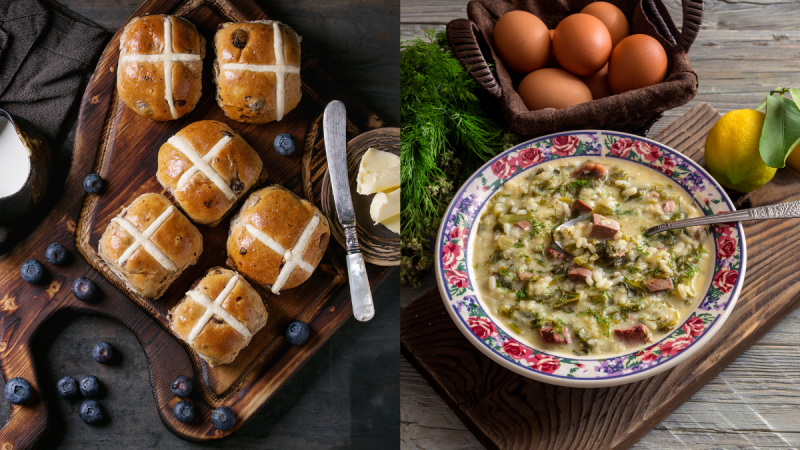Easter Sunday is a joyous occasion that celebrates rebirth and renewal. But beyond the clinking of egg shells and pastel decorations, these traditional Easter dishes hold a surprising amount of symbolism.
Hidden Meanings Behind Seven Traditional Easter Dishes
1. Chocolate Easter Eggs
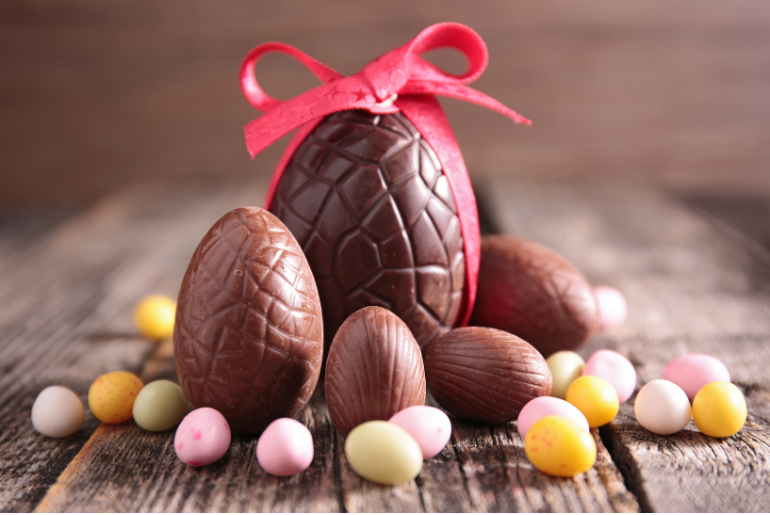
These delightful treats are more than just a sugary indulgence. Eggs, throughout history, have symbolised new life. In the context of Easter, the chocolate egg represents the resurrection of Jesus Christ, emerging from the tomb like a chick from its shell.
2. Hot Cross Buns
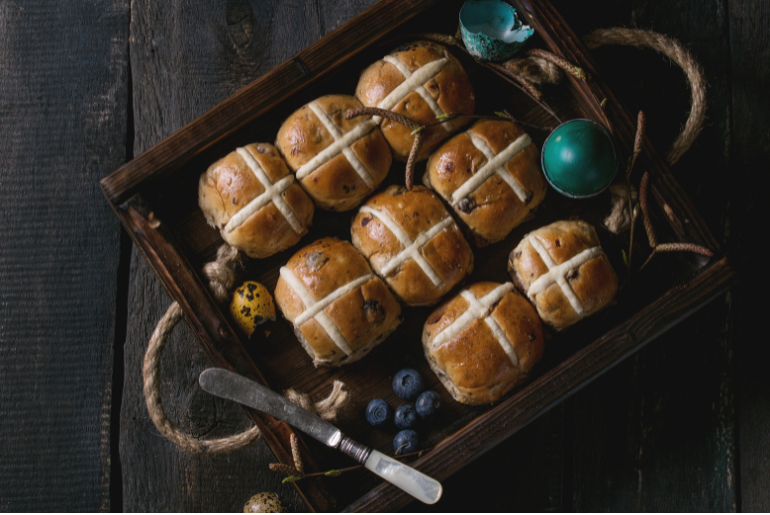
Packed with warm spices and currants, these buns are a quintessential Easter treat. The cross on top isn’t just decorative; it signifies the crucifixion of Christ. The spices are said to represent those used in Jesus’ embalming. Traditionally eaten after Lent, these buns also mark the return of dairy products after the period of fasting.
3. Roast Lamb

Lamb has held religious significance for centuries. In the Christian tradition, it represents the sacrificial lamb offered in the Passover story, prefiguring the sacrifice of Jesus. Roast lamb also evokes springtime bounty, perfectly complementing the Easter season.
Also Read: What Are Easter Beers? Here’s All You Need To Know About These Seasonal Specialities
4. Italian Easter Bread (Pane di Pasqua)
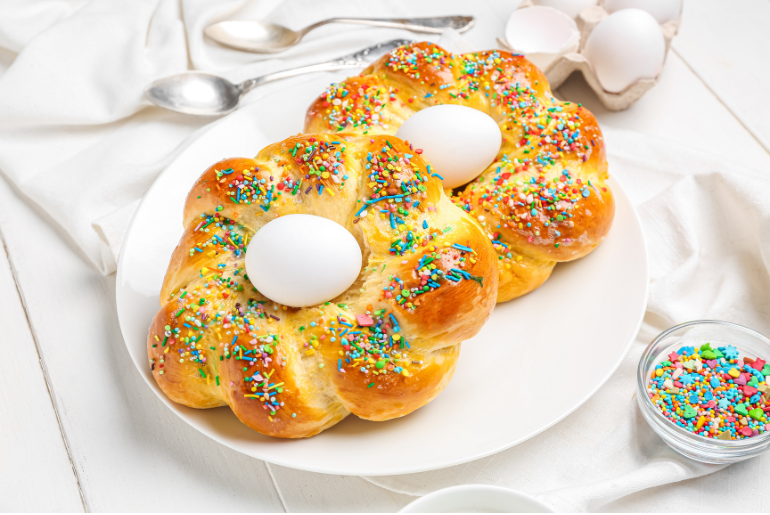
This sweet, braided bread is adorned with colourful eggs. The eggs again symbolise rebirth, while the intricate braids represent the crown of thorns worn by Christ.
5. Capirotada Bread Pudding (Mexico)
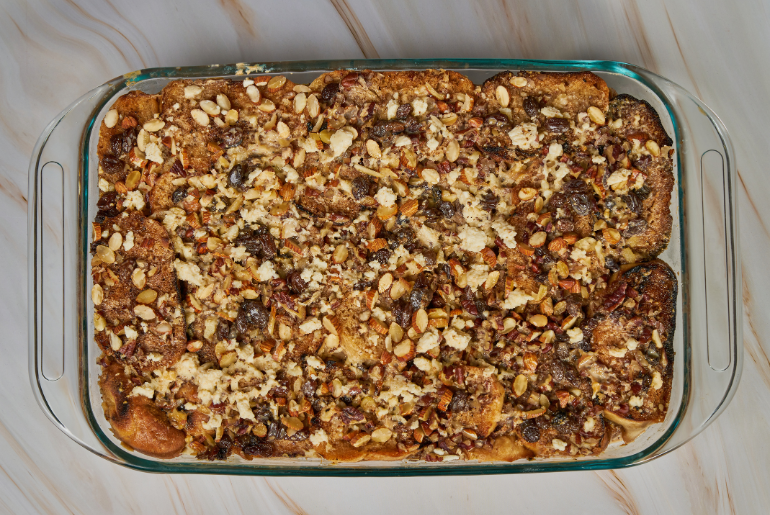
This rich and decadent dish is a Mexican Easter tradition. Each ingredient holds a symbolic meaning: the bread represents the body of Christ, the syrup his blood, the cloves the nails of the cross, and the cheese the Holy Shroud.
6. Magiritsa (Greek Easter Sunday Soup)
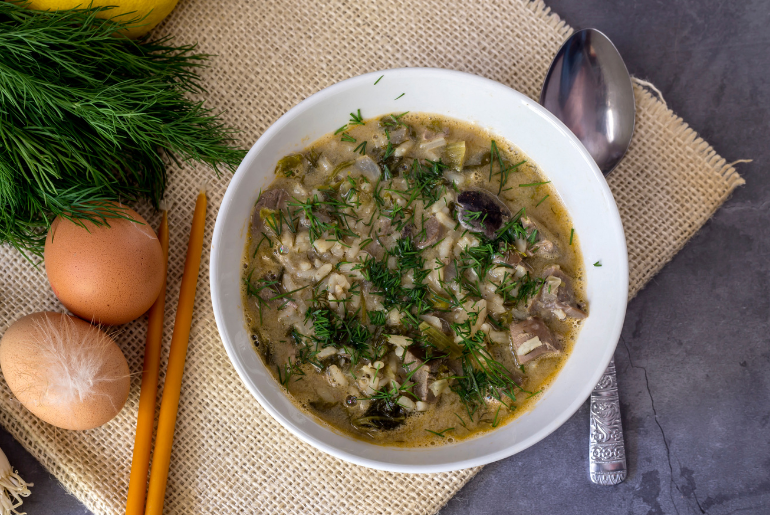
This hearty soup, traditionally made with lamb offal and vegetables, is enjoyed after the Easter vigil. It’s believed to be a way to use up the remaining winter provisions before the fresh spring produce arrives.
7. Pretzels
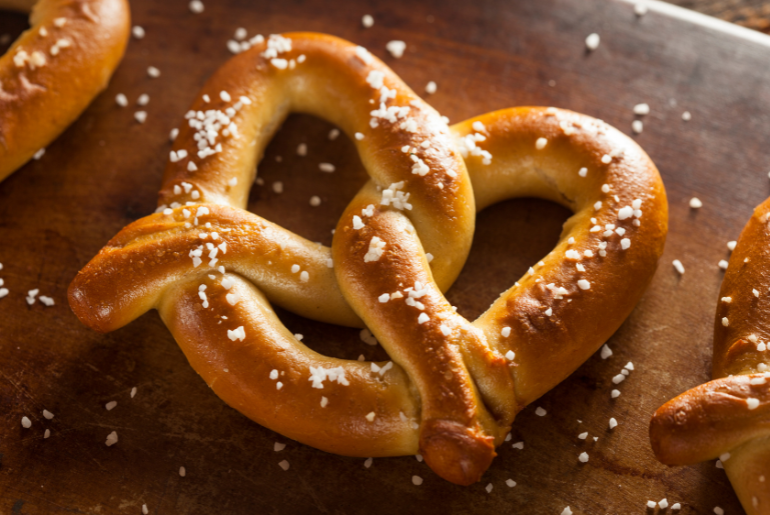
Pretzels are often associated with Easter in some parts of Europe. The twisted shape is said to resemble folded arms in prayer.
Also Read: From Mutton Tope To Strawberry Fillers, 7 Anglo-Indian Dishes To Celebrate Easter
So next time you gather around the Easter table, take a moment to appreciate the deeper meaning hidden within these traditional easter dishes. They serve not only as sustenance but also as a reminder of the stories and traditions that bind us together during this special time of year.
Cover Image Courtesy: Canva
For more such snackable content, interesting discoveries and the latest updates on food, travel and experiences in your city, download the Curly Tales App. Download HERE.
First Published: March 27, 2024 4:53 PM


